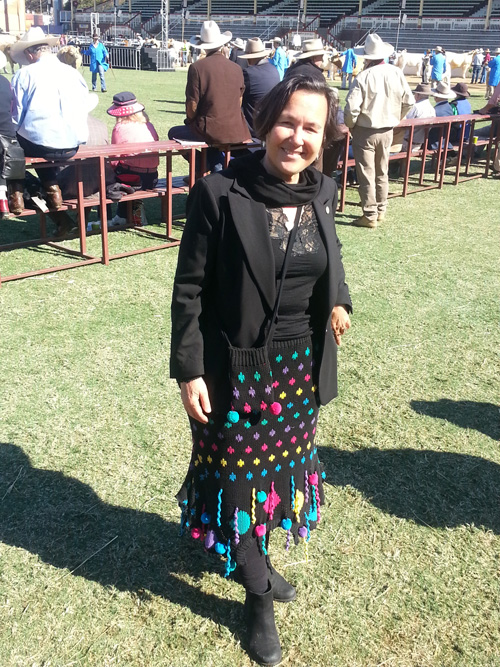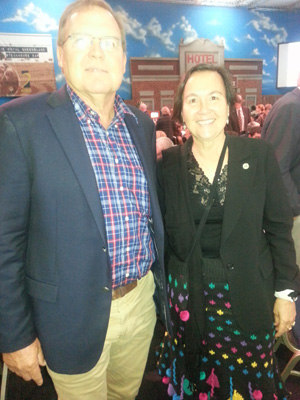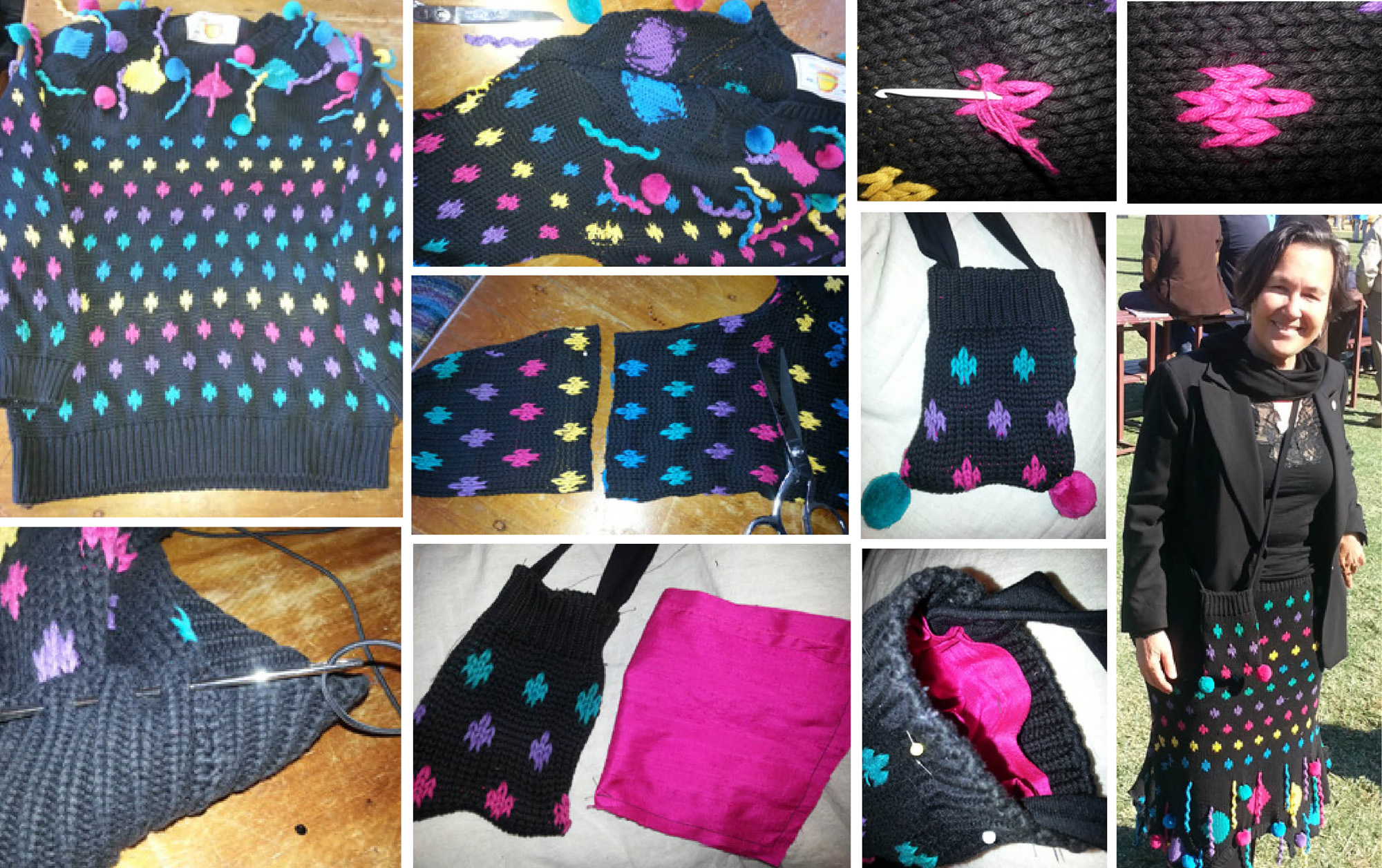 The Rural Press Club breakfast is the opening event at the Ekka, Queensland’s annual show, and a great time to catch up with rural friends and associates from around the state.
The Rural Press Club breakfast is the opening event at the Ekka, Queensland’s annual show, and a great time to catch up with rural friends and associates from around the state.
Guest speaker this year was Jason Strong, CEO of Australian Agricultural Company – talking about beef of course – but I was seated with central Queensland cotton grower Charlie Wilson. As a former chair of Cotton Australia, Charlie has good insight into cotton production, how it sits in the textile world in relation to inputs (water and chemicals) required to grow the crop and the challenge from synthetic fibres. He runs a family enterprise producing about 4000 bales of cotton as well as organic beef and dryland cropping of wheat and chickpeas. Although he plans to grow organic wheat in future, he says it is not possible to grow fully organic cotton in Australia because of the insect pest problems.
 By using a transgenic cotton variety, integrated pest management to engage beneficial insects such as lady beetles, and an agronomist doing regular inspections for heliothis pest-levels, Charlie says they only have to resort to chemical control measures once or twice – sometimes not at all if pest pressure is low – during the growing season from September to February.
By using a transgenic cotton variety, integrated pest management to engage beneficial insects such as lady beetles, and an agronomist doing regular inspections for heliothis pest-levels, Charlie says they only have to resort to chemical control measures once or twice – sometimes not at all if pest pressure is low – during the growing season from September to February.
He says water-use efficiency measures mean water is optimally used to grow the crop – and if there has been low rainfall (as is the case in New South Wales this season) then no cotton is grown because it only uses surplus water.
“Cotton production in Australia has a good story to tell about how we have improved growing practices in recent years. We now export about 4 million bales to China annually, making us the second or third largest exporter of cotton in the world,” Charlie said.
Of course I started the conversation with Charlie around my upcycled cotton-jumper skirt. It was made in China and the height of fashion in the ’90s – but I picked it up in a Warwick op shop recently for $5. I tidied up fraying threads by using a crochet hook to pull them to the inside, chopped off the sleeves about halfway along and cut along the shoulder seam to open this out as the skirt bottom which I then zigzagged a couple of times to secure cut edges. I threaded hat-elastic through the rib at the bottom so that it now works to secure the waist. To make a phone bag (an essential item if you don’t like pockets) I sewed the cut edge of the sleeve bottom, attached a strap (off-cut from a friend’s sewing project) lined it with silk cut from a reject skirt, and attached two pompoms removed in the shoulder-cutting process. The skirt is an original, comfortable and creative reuse of a dated natural-fibre garment that still has plenty of potential.

Ingenious use of the discarded sleeve, to make a matching phone bag, Jane. Love the whole ensemble. JoSe